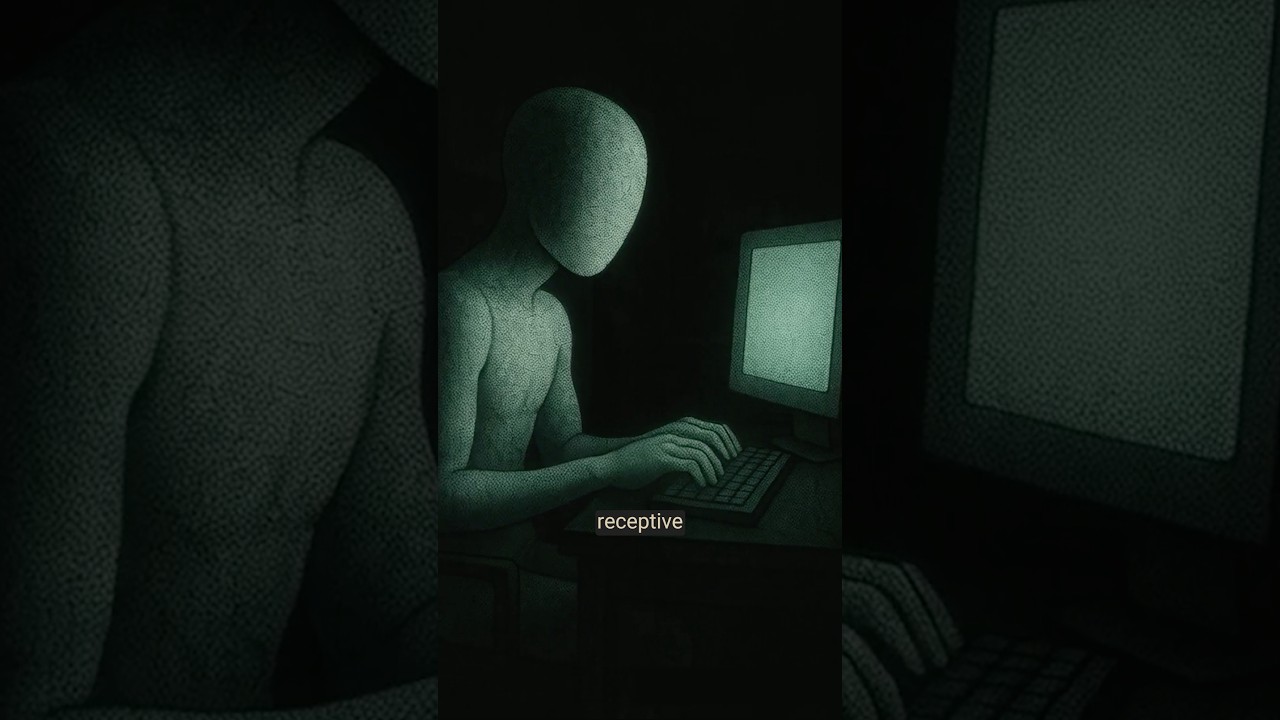In the video, Anil Ananthaswamy discusses the overconfidence of machine learning systems like ChatGPT, which often provide answers with high certainty, leading users to trust potentially incorrect information. He emphasizes the importance of critical thinking and skepticism when interacting with these models, particularly in contexts where accurate information is crucial, to avoid the lasting impact of misinformation.
In the video, Anil Ananthaswamy discusses the inherent overconfidence exhibited by machine learning systems, particularly large language models like ChatGPT. He highlights a critical issue: these models often provide answers with a high degree of certainty, regardless of their accuracy. This overconfidence can lead to significant problems, especially when users rely on these systems for information.
Ananthaswamy points out that human psychology plays a crucial role in how we interact with these models. When individuals pose questions to large language models, they are often in a vulnerable state, seeking information and guidance. This receptiveness makes them more susceptible to accepting the answers provided, even if those answers are incorrect. The confident delivery of information can create a false sense of trust in the model’s reliability.
The video emphasizes the potential consequences of this dynamic. When users incorporate the confidently presented but incorrect answers into their understanding, it can lead to a lasting impact on their beliefs and perspectives. This phenomenon can make it challenging for individuals to reassess or change their views later, as the misinformation becomes ingrained in their psychological framework.
Ananthaswamy also discusses the broader implications of this issue, particularly in contexts where accurate information is critical, such as healthcare, education, and public policy. The risk of spreading misinformation through seemingly authoritative sources can have far-reaching effects, influencing decisions and behaviors in significant ways.
In conclusion, the video serves as a cautionary reminder about the limitations of machine learning systems and the importance of critical thinking when interacting with them. It urges viewers to remain aware of the potential for overconfidence in AI-generated responses and to approach such information with a healthy skepticism, ensuring that they do not blindly accept answers that may be misleading or incorrect.
